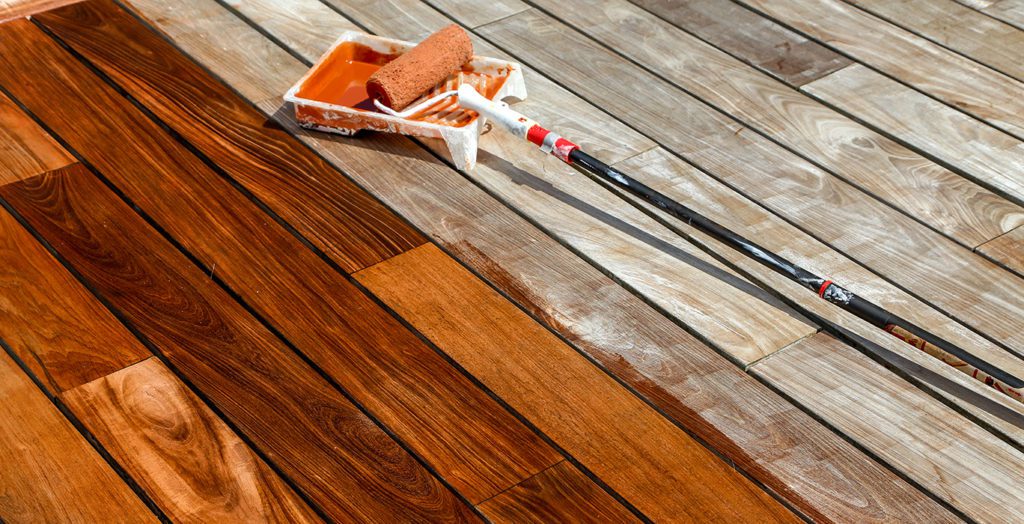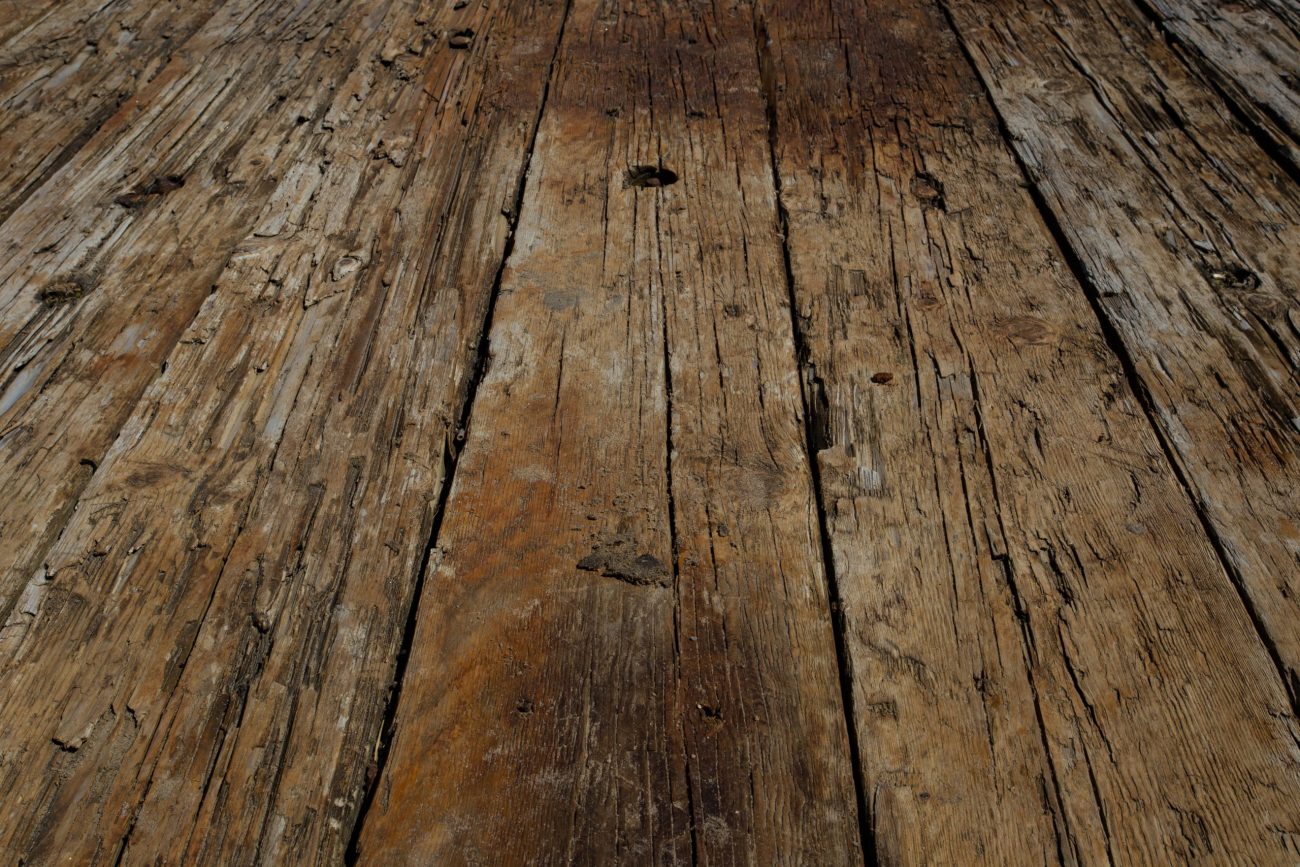To prevent luxury vinyl plank from fading, ensure it’s installed in areas with minimal direct sunlight exposure. Consider using curtains or blinds to block UV rays, apply a protective coating or sealant, and use rugs or mats to reduce wear and tear from foot traffic. Regular cleaning and maintenance also help maintain the vibrant appearance of luxury vinyl plank flooring.
Understanding the Causes of Fading
UV Exposure
Exposure to ultraviolet (UV) rays from sunlight is a significant factor contributing to the fading of luxury vinyl plank (LVP) flooring. UV rays penetrate through windows and glass doors, directly impacting the flooring’s surface.
This exposure initiates a chemical reaction within the flooring materials, leading to the degradation of color pigments and structural integrity. Over time, the once vibrant hues of the flooring may fade or bleach, resulting in a lackluster and aged appearance.
Areas with large windows or skylights are particularly vulnerable to UV damage, making it essential to implement protective measures to mitigate this risk.
To combat UV exposure, homeowners can employ various strategies such as installing curtains, blinds, or UV-blocking films on windows to reduce the amount of sunlight entering the space.
Choosing LVP flooring with built-in UV protection or applying a protective coating can provide an extra layer of defense against UV damage, preserving the flooring’s color and vibrancy for longer periods.

Chemical Exposure
Another common cause of fading in LVP flooring is exposure to harsh chemicals present in certain cleaning agents or spills. Chemicals such as bleach, ammonia, or abrasive cleaners can erode the protective top layer of the flooring, compromising its resilience and color retention capabilities.
When these chemicals come into contact with the flooring surface, they may react with the vinyl composition, leading to discoloration, dullness, or even surface deterioration.
To prevent chemical-induced fading, it is crucial to use gentle, pH-neutral cleaners specifically formulated for LVP flooring. These cleaners effectively remove dirt and grime without causing damage to the flooring surface.
Promptly cleaning up spills and accidents can help prevent prolonged exposure to harmful chemicals, minimizing the risk of fading and preserving the flooring’s appearance.
Wear and Tear
Everyday wear and tear, including foot traffic and furniture placement, can gradually degrade the protective layer of LVP flooring, making it more susceptible to fading and damage over time. High-traffic areas such as entryways, hallways, and living rooms are particularly prone to wear and tear, as constant foot traffic can wear down the protective finish of the flooring.
To mitigate the effects of wear and tear, homeowners can implement preventative measures such as placing rugs, mats, or furniture pads in high-traffic areas to reduce friction and distribute weight evenly.
Regularly sweeping or vacuuming the flooring to remove dirt and debris can prevent scratches and abrasions, preserving the integrity of the protective layer and minimizing the risk of fading.

Strategies to Prevent Fading
Location Considerations
When selecting the location for your luxury vinyl plank (LVP) flooring, it’s crucial to consider sunlight exposure to minimize the risk of fading. Opt for areas with minimal direct sunlight, as prolonged exposure to UV rays can accelerate fading.
Avoid installing LVP flooring in rooms with large windows or skylights that allow ample sunlight to enter. Alternatively, if your space requires abundant natural light, employ curtains, blinds, or UV-blocking films to mitigate UV rays’ impact.
By strategically positioning your LVP flooring in areas with reduced sunlight exposure, you can significantly prolong its vibrancy and aesthetic appeal.
Window Treatments
Investing in window treatments such as curtains, blinds, or UV-blocking films is an effective way to shield your LVP flooring from harmful UV rays.
These window treatments act as barriers, reducing UV exposure and minimizing the risk of fading. Install curtains or blinds that can be easily adjusted to control the amount of sunlight entering the room, especially in areas with high sun exposure.
Consider applying UV-blocking films to windows, which provide an extra layer of protection against UV damage while still allowing natural light to filter through. By incorporating these window treatments, you can safeguard your LVP flooring and preserve its vibrant colors for years to come.
,quality(85)/f/54992/2220x1110/c7c362c1c9/stoneside-custom-transitional-shades-breakfast-nook-short.png)
Protective Coatings
Enhance the durability and longevity of your LVP flooring by applying a protective coating or sealant. These coatings form a barrier over the flooring surface, effectively shielding it from fading and damage.
Choose a high-quality sealant specifically designed for LVP flooring and follow the manufacturer’s instructions for proper application. Protective coatings not only preserve the flooring’s color and sheen but also increase its resistance to wear and tear.
By investing in a protective coating, you can fortify your LVP flooring against environmental factors and maintain its pristine appearance over time.
Flooring Protection
Minimize wear and tear on your LVP flooring by implementing protective measures in high-traffic areas and under heavy furniture. Place rugs, mats, or furniture pads in strategic locations to absorb impact, reduce friction, and distribute weight evenly.
These protective accessories act as barriers between the flooring surface and potential sources of damage, preventing premature fading and deterioration.
Inspect and readjust protective coverings to ensure optimal coverage and effectiveness. By proactively protecting your LVP flooring, you can prolong its lifespan and maintain its visual appeal for years to come.
Proper Cleaning and Maintenance
Establishing a regular cleaning and maintenance routine is essential for preserving the appearance and longevity of your LVP flooring. Use a pH-neutral cleaner specifically formulated for LVP floors to effectively remove dirt, grime, and stains without damaging the surface.
Avoid harsh chemicals such as bleach or ammonia, as they can strip away the protective layer and accelerate fading. Promptly clean up spills and accidents to prevent staining and minimize the risk of damage.
Sweep or vacuum the flooring regularly to remove dirt and debris that can cause abrasions and scratches. By adopting proper cleaning and maintenance practices, you can protect your LVP flooring from fading and ensure its enduring beauty for years to come.
Read More
Sound Matters: Investigating Noise Levels in Luxury Vinyl Flooring




